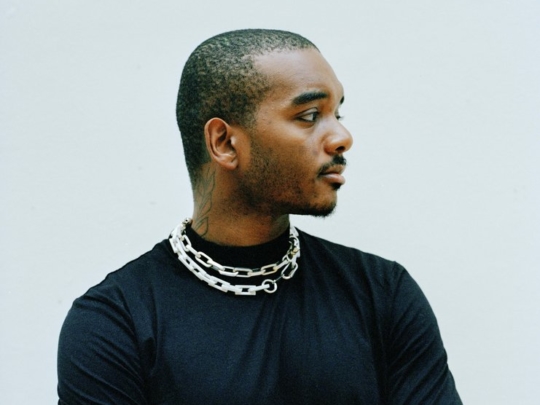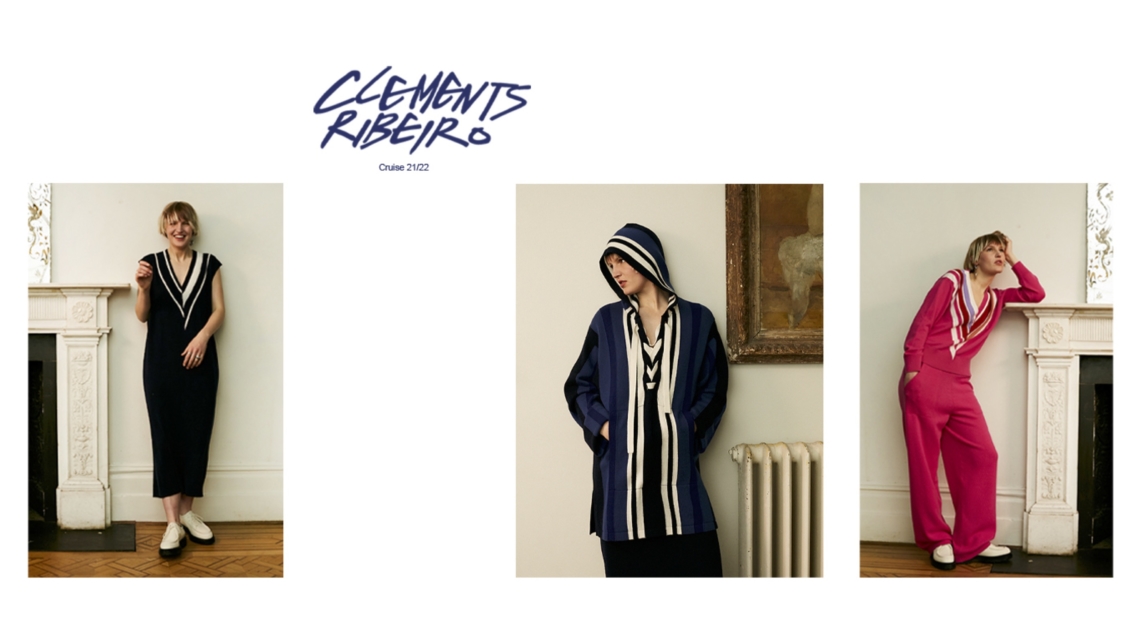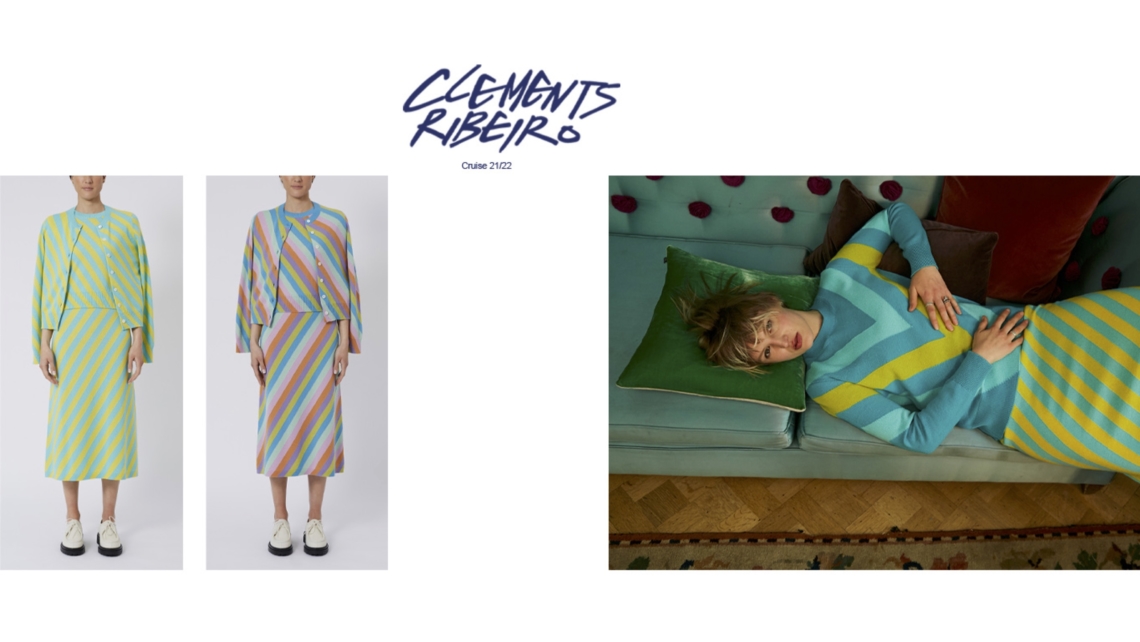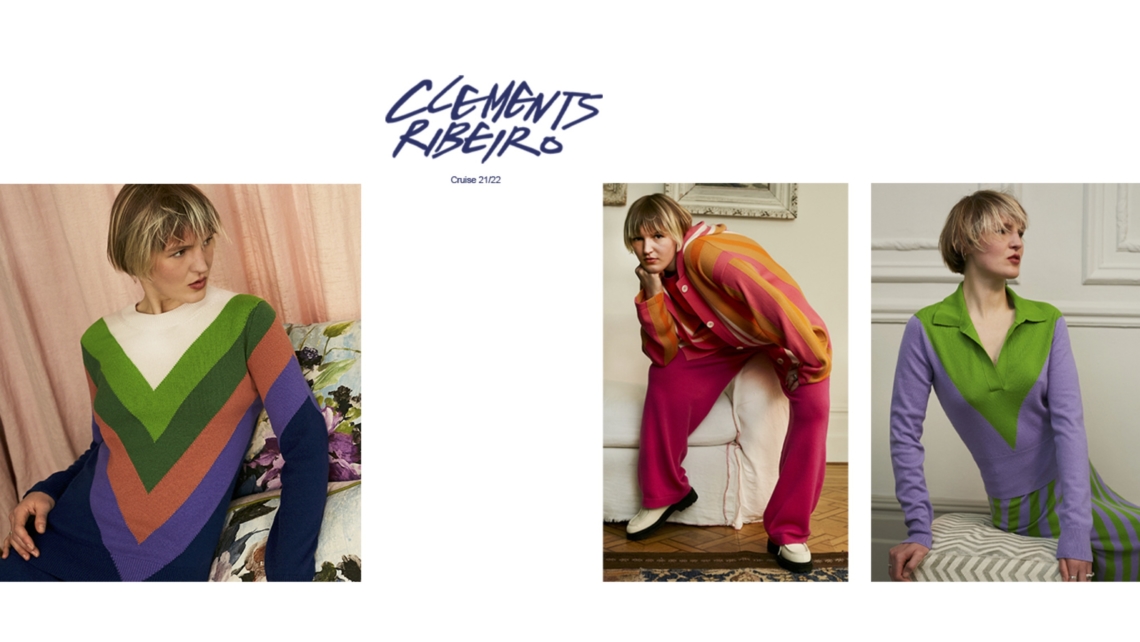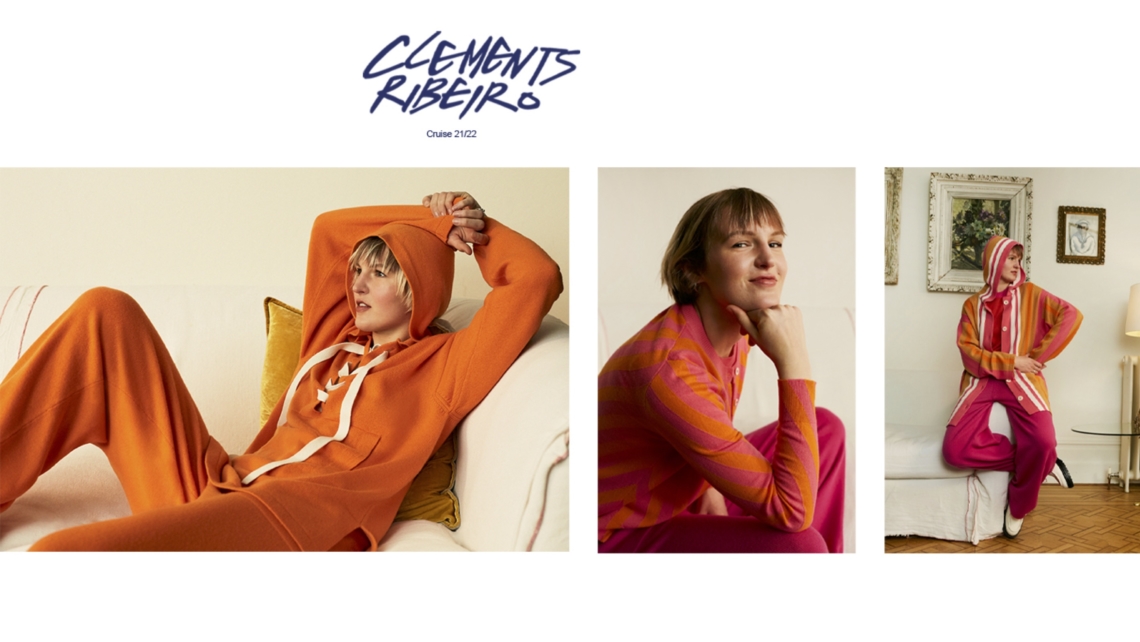They’re back! Clements Ribeiro, a much-loved British fashion label of the 1990s and 2000s, is making a low-key but intriguing return to the business with a capsule cashmere collection that is already proving a favourite with fashion magazine stylists and retailers alike.
Inacio Ribeiro has decided to bring a seven-year break to an end. “I just felt like it was time,” the Brazilian-born designer explains. “Time for new things – and new ideas.”
The capsule cashmere collection – launched recently via online fashion retailer Net-a-Porter – is being designed by Ribeiro. His wife Suzanne Clements, the other half of the label’s duo, is focusing on her painting (the work is outstanding, although that’s another story). But Ribeiro has rekindled his entrepreneurial spirit and revived the brand with a cashmere capsule collection with sharp motifs, vibrant colour palettes and a sparky new logo.
This much-anticipated comeback is the first of its kind since the brand’s presentation back in 2014. In the 1990s, Clements Ribeiro was known for head-turning maximalism and playful glamour, quickly establishing a central role in Britpop culture.


